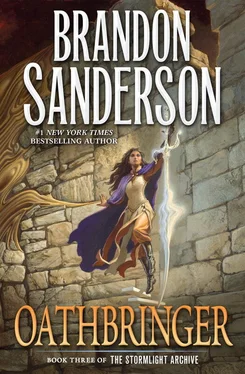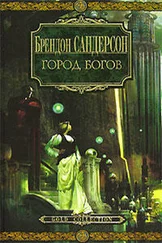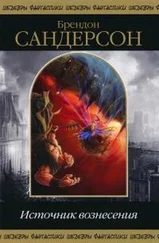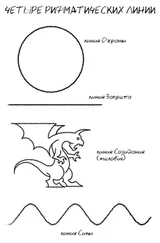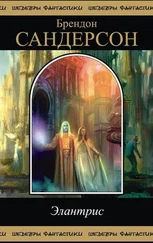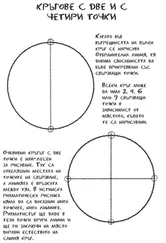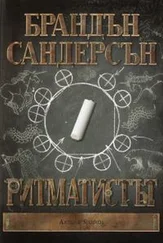Multiple Basic Lashings could also pull an object or a person’s body downward at double, triple, or other multiples of its weight.
FULL LASHING: BINDING OBJECTS TOGETHER
A Full Lashing might seem very similar to a Basic Lashing, but they worked on very different principles. While one had to do with gravitation, the other had to do with the force (or Surge, as the Radiants called them) of Adhesion—binding objects together as if they were one. I believe this Surge may have had something to do with atmospheric pressure.
To create a Full Lashing, a Windrunner would infuse an object with Stormlight, then press another object to it. The two objects would become bound together with an extremely powerful bond, nearly impossible to break. In fact, most materials would themselves break before the bond holding them together would.
REVERSE LASHING: GIVING AN OBJECT A GRAVITATIONAL PULL
I believe this may actually be a specialized version of the Basic Lashing. This type of Lashing required the least amount of Stormlight of any of the three Lashings. The Windrunner would infuse something, give a mental command, and create a pull to the object that yanked other objects toward it.
At its heart, this Lashing created a bubble around the object that imitated its spiritual link to the ground beneath it. As such, it was much harder for the Lashing to affect objects touching the ground, where their link to the planet was strongest. Objects falling or in flight were the easiest to influence. Other objects could be affected, but the Stormlight and skill required were much more substantial.
LIGHTWEAVING
A second form of Surgebinding involves the manipulation of light and sound in illusory tactics common throughout the cosmere. Unlike the variations present on Sel, however, this method has a powerful Spiritual element, requiring not just a full mental picture of the intended creation, but some level of Connection to it as well. The illusion is based not simply upon what the Lightweaver imagines, but upon what they desire to create.
In many ways, this is the most similar ability to the original Yolish variant, which excites me. I wish to delve more into this ability, with the hope to gain a full understanding of how it relates to cognitive and spiritual attributes.
SOULCASTING
Essential to the economy of Roshar is the art of Soulcasting, in which one form of matter is directly transformed into another by changing its spiritual nature. This is performed on Roshar via the use of devices known as Soulcasters, and these devices (the majority of which appear to be focused on turning stone into grain or flesh) are used to provide mobile supply for armies or to augment local urban food stores. This has allowed kingdoms on Roshar—where fresh water is rarely an issue, because of highstorm rains—to field armies in ways that would be unthinkable elsewhere.
What intrigues me most about Soulcasting, however, are the things we can infer about the world and Investiture from it. For example, certain gemstones are requisite in producing certain results—if you wish to produce grain, however, your Soulcaster must both be attuned to that transformation and have an emerald (not a different gemstone) attached. This creates an economy based on the relative values of what the gemstones can create, not upon their rarity. Indeed, as the chemical structures are identical for several of these gemstone varieties, aside from trace impurities, the color is the most important part—not their actual axial makeup. I’m certain you will find this relevance of hue quite intriguing, particularly in its relationship to other forms of Investiture.
This relationship must have been essential in the local creation of the table I’ve included above, which lacks some scientific merit, but is intrinsically tied to the folklore surrounding Soulcasting. An emerald can be used to create food—and thus is traditionally associated with a similar Essence. Indeed, on Roshar there are considered to be ten elements; not the traditional four or sixteen, depending upon local tradition.
Curiously, these gemstones seem tied to the original abilities of the Soulcasters who were an order of Knights Radiant—but they don’t seem essential to the actual operation of the Investiture when performed by a living Radiant. I do not know the connection here, though it implies something valuable.
Soulcasters, the devices, were created to imitate the abilities of the Surge of Soulcasting (or Transformation). This is yet another mechanical imitation of something once only available only to a select few within the bounds of an Invested Art. The Honorblades on Roshar, indeed, may be the very first example of this—from thousands of years ago. I believe this has relevance to the discoveries being made on Scadrial, and the commoditization of Allomancy and Feruchemy.
